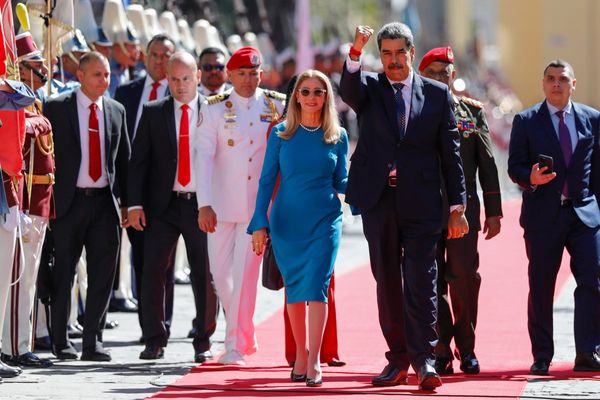
As the NTT IndyCar Series gears up for the 2024 season, several technical changes and enhancements have been announced to elevate the racing experience for fans and participants alike.
The 2023 season saw a record-breaking 7,753 passes on the track, setting new benchmarks at six racetracks and completing the most laps and miles in over a decade. Building on this success, IndyCar President Jay Frye expressed optimism for an even more competitive and unique season ahead.
One of the key updates for 2024 is the introduction of the Hybrid Assist Unit, although its competitive debut has been delayed to ensure thorough testing across all teams. The unit is set to roll out after the 108th Indianapolis 500 in May, with the Honda Indy 200 at Mid-Ohio likely to host the first race featuring the hybrid technology.
Additionally, weight-saving measures have been implemented with the adoption of a lighter 3D-printed titanium aeroscreen top frame and a magnesium gearbox casing. These enhancements aim to enhance performance without compromising safety.
From a safety perspective, LED lights will be added to rear wing end plates for better visibility in rainy conditions, while redesigned brake rotors will improve cooling efficiency. Specific updates for oval racing include stronger wheel bearing retaining nuts and rear uprights with mounted wheel tethers for added security.
On the officiating front, new rules for restarts will require drivers to remain in single file until a designated line, with EM Motorsports light panels aiding in signaling. Practice sessions will also see a split group format at select races, offering a fresh dynamic for teams.
Looking ahead to the 108th Running of the Indianapolis 500 presented by Gainbridge, further updates are expected to be announced as IndyCar aims to build on the momentum of the previous season.
Despite facing challenges during the offseason, IndyCar officials remain confident in the series' growth trajectory, with rising attendance, fan engagement, merchandise sales, and viewership reflecting a positive trend for the sport.
As the season kicks off with the Firestone Grand Prix at St. Petersburg, the focus is set to return to the thrilling on-track action that has defined IndyCar racing, promising fans an exciting and captivating championship in 2024.







